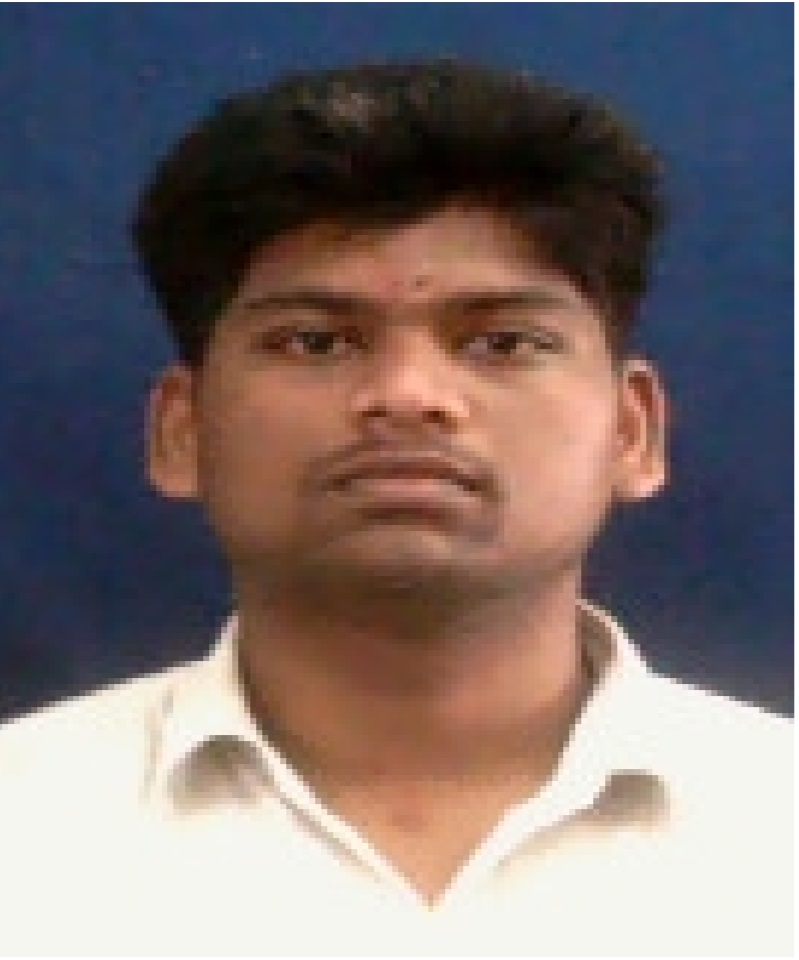Course abstract
The course covers the basic aspects of Engineering Fracture Mechanics. Spectacular failures that triggered the birth of fracture mechanics, Modes of loading, Classification as LEFM and EPFM, Crack growth and fracture mechanisms, Energy release rate, Resistance, Griffith Theory of fracture, Extension of Griffith Theory by Irwin and Orowan, R-Curve, Pop-in phenomena, Crack branching. Necessary and sufficient conditions for fracture, Stress and Displacement fields in the very near and near-tip fields, Westergaard, Williams and Generalised Westergaard solutions, Influence of the T-stress and higher order terms, Role of photoelasticity on the development of stress field equations in fracture mechanics, Equivalence between SIF and G, Various methods for evaluating Stress Intensity Factors, Modeling plastic zone at the crack-tip, Irwin and Dugdale models, Fracture toughness testing, Feddersos residual strength diagram, Paris law, J-integral, HRR field, Mixed-mode fracture, Crack arrest methodologies.
Course Instructor

Prof. K.Ramesh
K. Ramesh is currently a Senior Professor at the Department of Applied Mechanics, IIT Madras; as its Chairman during (2005-2009) and formerly a Professor at the Department of Mechanical Engineering, IIT Kanpur. He received his undergraduate degree in Mechanical Engineering from the Regional Engineering College, Trichy (now NIT, Trichy), Postgraduate degree from the Indian Institute of Science, Bangalore and the Doctoral Degree from the Indian Institute of Technology Madras. He has made significant contributions to the advancement of Digital Photoelasticity. This has resulted in a Monograph on Digital Photoelasticity - Advanced Techniques and Applications (2000), Springer, a chapter on Photoelasticity in the Springer Handbook of Experimental Solid Mechanics (2009) and a chapter on Digital Photoelasticity in the book on Digital Optical Measurement Techniques and Applications (2015), Artech House London. He has over 170 publications to date of which two have been reproduced in the Milestone Series of SPIE. His research has been funded by organizations such as ARDB, ISRO, DST, and NSF. He received the Zandman award for the year 2012, the only Indian to receive it since its inception in 1989, instituted by the Society for Experimental Mechanics, USA for his outstanding research contributions in applications utilizing photoelastic coatings. He has made significant contributions to the advancement of Digital Photoelasticity. This has resulted in a Monograph on Digital Photoelasticity - Advanced Techniques and Applications (2000), Springer, a chapter on Photoelasticity in the Springer Handbook of Experimental Solid Mechanics (2009) and a chapter on Digital Photoelasticity in the book on Digital Optical Measurement Techniques and Applications (2015), Artech House London. He has over 170 publications to date of which two have been reproduced in the Milestone Series of SPIE. His research has been funded by organizations such as ARDB, ISRO, DST, and NSF. He received the Zandman award for the year 2012, the only Indian to receive it since its inception in 1989, instituted by the Society for Experimental Mechanics, USA for his outstanding research contributions in applications utilizing photoelastic coatings.More info
Teaching Assistant(s)
No teaching assistant data available for this course yetCourse Duration : Sep-Dec 2020
View Course
Enrollment : 20-May-2020 to 21-Sep-2020
Exam registration : 14-Sep-2020 to 02-Nov-2020
Exam Date : 19-Dec-2020
Enrolled
1063
Registered
48
Certificate Eligible
17
Certified Category Count
Gold
1
Silver
2
Elite
8
Successfully completed
6
Participation
20
Legend
AVERAGE ASSIGNMENT SCORE >=10/25 AND EXAM SCORE >= 30/75 AND FINAL SCORE >=40BASED ON THE FINAL SCORE, Certificate criteria will be as below:
>=90 - Elite + Gold
75-89 -Elite + Silver
>=60 - Elite
40-59 - Successfully Completed
Final Score Calculation Logic
- Assignment Score = Average of best 8 out of 12 assignments.
- Final Score(Score on Certificate)= 75% of Exam Score + 25% of Assignment Score
Enrollment Statistics
Total Enrollment: 1063
Registration Statistics
Total Registration : 47
Assignment Statistics
Exam score
Final score
.jpg)
.jpg)
.jpg)
.jpg)

